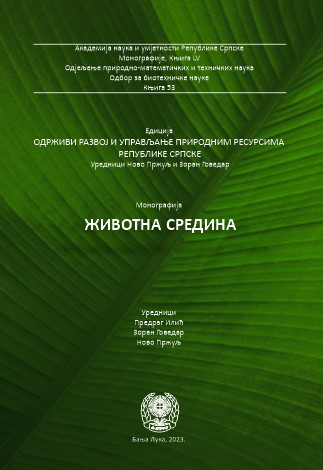Toxic metals in water and soil
DOI:
https://doi.org/10.7251/EORU2309285MKeywords:
Heavy metals, soil, water, environmental samples, kinetic methods, ICP-OESAbstract
Industrialization and the development of modern civilization in general brought with it large amounts of heavy metals that were dispersed in the environment. Rapid screening technology for the detection of major and trace elements as well as heavy metals in various environmental samples was the goal of our research in this very topical area from an ecological and human health point of view. In this sense, the objectives of this study were to determine the limits of detection, accuracy, repeatability, selectivity and efficiency of different analytical methods in elemental analysis, especially traces of toxic elements. To assess the state of the environment, it is necessary to carry out a complete analysis of microelements using different analytical methods, as well as the preparation of samples, especially soil. Heavy metals that are extremely toxic are arsenic, lead, mercury, cadmium, chromium, copper and nickel, and given their extremely negative impact on human health, and mutation and lethal outcomes, their concentration in environmental samples must be accurately and precisely measured, especially in its primary components, water, soil and air. The aim of the measurement is to monitor, control and determine the presence of pollutants, but also to identify sources of pollution that threaten the living environment, the living world and, ultimately, humans, the last in the food chain.
